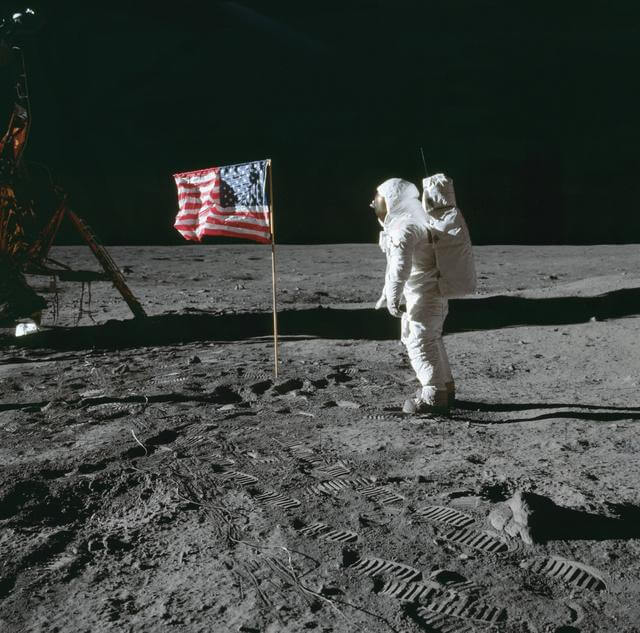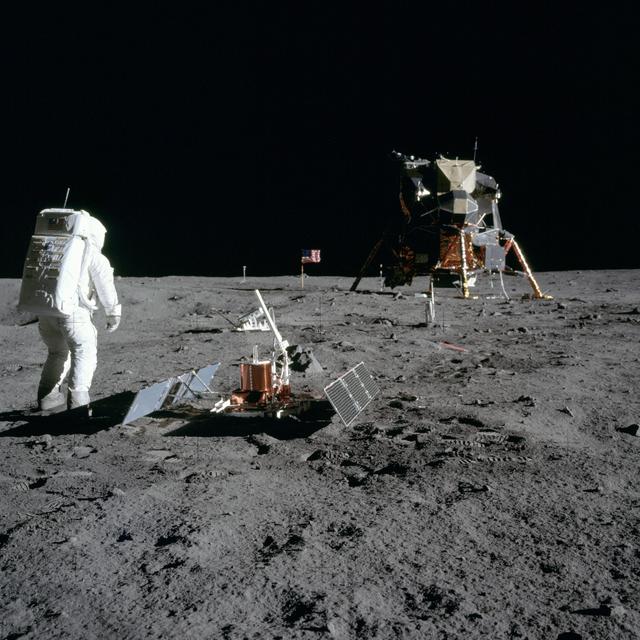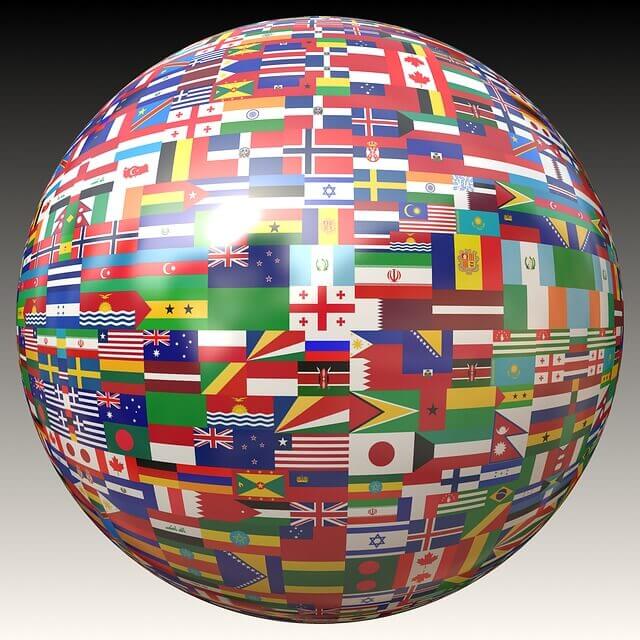The world is becoming more and more advanced with technology, from cars to mobile phones in recent times. One field that still requires a lot of advancement is outer space since exploring or reaching the Moon, and other planets have not been a common occurrence even though we have seen many technological advances.
Space Race
The Space Race was a competition between the USA and USSR in the twentieth century to achieve superiority over the other in their spacecraft capability. This race started during the nuclear missile-based arms race, which continued during World War II.
This race gained importance in the 1950s when both nations wanted to be the first ones to land on lunar soil. While USSR had sent various satellites to the Moon, several disasters by the USA dimmed their hopes of being the first nation to send its satellite to the Moon. But with continued efforts, USSR was able to send the first-ever unmanned spaceship to the Moon, followed by a US manned spaceship reaching the Moon a decade later.
Countries That Have Landed a Spacecraft On The Moon
Manned and unmanned aircrafts have been sent to the Moon since the early 1950s, and the first nation to successfully reach the Moon was the Soviet Union. On 13 September 1959, a USSR spacecraft by the name of Luna 2 reached the Moon and became the first one to do so. A decade later, the USA joined the series by sending Apollo 11, the first crewed mission to the Moon. Neil Armstrong and Buzz Aldrin were the first humans to land on the Moon. Other political unions later joined this series at the start of this era.

Seven countries have completed their mission to the Moon successfully or semi-successfully till now. The United States leads the list of countries that have completed their mission to the Moon or its orbit with 30 successful missions, while the USSR has completed 23 such missions. This was followed by the Chinese Space Program, which sent its first mission by the name of Chang’e Program in 2007. There are six reported missions of the program and seven missions from China, including the Hong Kong Satellite.
India also followed China by completing its Chaandrayaan 1 mission of completing a lunar orbit in 2008, followed by another mission in September 2019, even though a hard landing was suspected and contact was also lost with the lander as soon as it landed. Japan has also completed two missions to the Moon: Orbiter Hiten (1990) and Kagua orbiter and impactor mission (2007), one of which was semi-successful.
Even though Israel’s SpaceIL tried sending their spacecraft to the Moon, their mission crash-landed in February 2019. Any country between 1996 and 1990 reported no missions.
How To Get To The Moon?
A spacecraft requires 3 days to travel to the Moon as it has to cover a distance of around 386,400 km between the Earth and the Moon. The distance may vary depending on the path chosen and the position of the Moon chosen for landing.
After sending numerous spacecraft to the Moon, scientists have concluded that since the Earth’s gravity pulls back objects at 9.8m/s ², an object must travel at a speed of 40,000 km per hour to reach the orbit. The spacecraft required a further push to exit the orbit and enter the Moon.
There are various methods of going to the Moon, including Direct Ascent. This method landed on the Moon and came back to Earth using a single launch vehicle. While this method did not require any docking maneuvers, it did require a large rocket.
Another method was the Lunar Orbit Rendezvous, in which two spacecraft were sent to the Moon in one launch vehicle. Both the spacecraft completed a specific part of the mission. In this method, the lander separates from the spacecraft and descends to the surface. After the function is performed, the mother ship and the lander’s cabin lift for rendezvous. The astronauts then return to the Earth.
The last known method for traveling to the Moon is Earth Orbit Rendezvous. In this process, a lunar spacecraft is launched with the help of two rockets which are then assembled in the Earth’s orbit. A whole spacecraft could also be launched, which would require a tanker vehicle to refuel the spacecraft during its mission. The remaining mission would be the same as the direct ascent method.
What Do Scientists Do On The Moon?
These include taking photographs, performing experiments, measuring things like solar wind composition and seismic activity using various equipment, collecting parts of other spaceships that help visited the Moon in the past and bring them back to Earth, collecting soil, rock, and core samples, and other various tasks.
Another task performed by astronauts was to examine the rock and soil of the Moon and bring samples back to Earth for further discoveries. In the past, astronauts have also positioned mirrors with retro-reflecting characteristics, which allow us to make accurate measurements from Earth. Various sensors have also been placed on the Moon by previous crewed spacecraft, which help measure the Moon’s temperature and its tremors.
Once back from their moon mission, the collected samples are thoroughly examined and decisions on whether heavier spaceships can be landed on the Earth’s surface are taken, along with the examination of whether life can be supported on the planet. Astronauts need to perform the aforementioned tasks because long-distance missions from Earth or robotic missions cannot be compared to work that humans can perform.

Countries With Space Programs Today
Almost 72 countries have their Space Program at the moment. Out of these, 14 countries have had the privilege to launch their rocket to outer space. USA’s space program has conducted the highest amount of space missions yet, with Apollo being their most famous mission, which cost the country almost $20.4 billion and lasted for 15 years.
USSR was the first country to launch its space mission and send a manned spaceship to the Moon. Their first program, by the name Vostok, had a budget of almost $2.4 billion. The Chinese National Space Administration (CNSA) directs China’s Space Programs and has secured third place in sending a crewed spaceship to the Moon. After launching Dong Fang Hong, a communication satellite, and numerous other missions to the Moon, China now holds the position of being the third-largest space power in the world after the USSR and the USA.
European Space Agency (ESA) has been devoting its time to the exploration of natural resources of the Moon. They have also sent numerous crewless spaceships to the Moon and other planets. The country has spent an estimate of around $5.3 billion on its space missions. India’s Physical Research Laboratory has also been committed to giving its services for space research and was able to send the country’s first satellite to space in 1980 with the help of the government’s Department of Space.
Japan Aerospace Exploration Agency (JAXA) manages Japan’s aerospace research activities and has made Japan Asia’s leading space power. The agency’s continued efforts made Japan the fourth country to launch its satellite in 1970. The Korean Aerospace Research Institute has also launched three space flights to the Moon, out of which the third one was successful. These missions cost around $450 million.
Iran started launching satellites in 2005 by partnering with Russia, China, and Thailand in different missions. Luxembourg’s space programs led by Luxembourg Space Agency have been operating many communication satellites with their leading telecommunication operators.
Conclusion
After the first landing on the Moon by USSR, many more manned and unmanned spaceships were sent to the Moon, which has bought us closer to space exploration. Many more countries have launched their missions over the years. USA, China, Russia, and India are said to send missions over the next 5 years, making space exploration an even more exciting topic.

